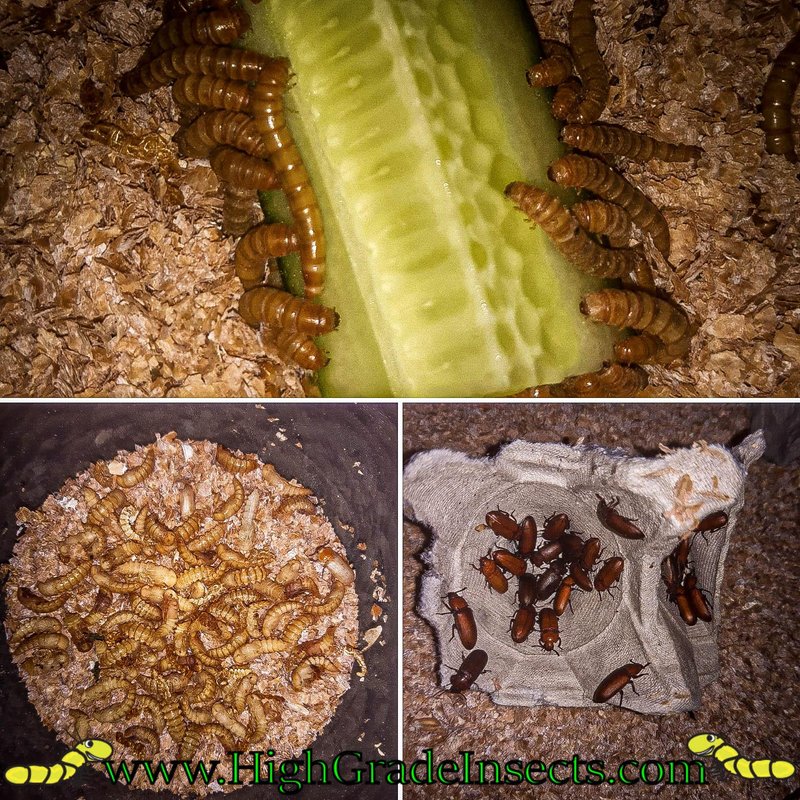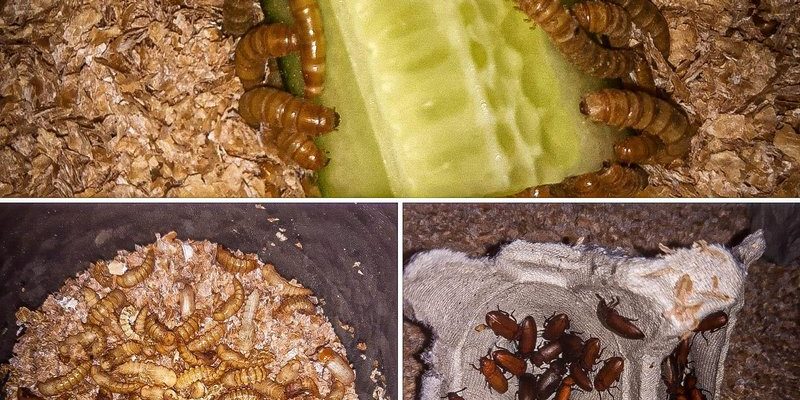
Imagine for a moment that you’re observing a tiny world where beetles and larvae interact like a bustling city. Mating rituals, egg-laying, and the growth of larvae all happen in this intricate environment. So, if you’re curious about how mealworms reproduce, you’re in the right place! Let’s dive into the world of mealworm reproduction and explore how they go from tiny eggs to lively larvae.
Understanding Mealworm Mating Behaviors
It all starts with mating, and mealworms aren’t shy about it. The male darkling beetles will often compete for the attention of females through displays of strength and agility. They sometimes engage in little wrestling matches, showing off their fitness. This competition helps ensure that the strongest genes are passed on to the next generation.
Once a female has chosen her mate, the actual mating process can take a few hours. During this time, the male will transfer sperm to the female, which she will store for future use. Here’s the thing—females can mate multiple times, giving them the ability to fertilize their eggs with sperm from different males. This genetic variety can be pretty beneficial for the overall health of the larvae.
After mating, it’s time for the female to prepare for egg-laying. She will search for a suitable environment to deposit her eggs, usually in moist, organic material like oats, bran, or other decomposing plant matter. This careful choice ensures that her larvae will have a ready food source once they hatch.
Egg Laying: The Start of New Life
You might be wondering what happens next. After mating, a female mealworm can lay between 300 to 500 eggs, typically in clutches of around 20 to 30. These eggs are very small, almost like tiny grains of sand, and can be difficult to spot. They’re typically off-white or pale yellow and are laid in places that provide warmth and moisture.
Eggs take about 4 to 19 days to hatch, depending on temperature and humidity. Warmer, humid conditions speed things up, while cooler, drier environments can significantly extend the incubation period. Once the little ones finally emerge, they look nothing like the mealworms we know. Instead, they’re tiny and soft, gradually hardening and gaining the familiar shape we associate with mealworms as they grow.
During this egg-laying period, the female beetle has a busy job. Not only must she deposit her eggs, but she also needs to maintain her own health to ensure she can continue laying throughout her lifespan. This self-care is crucial for maintaining a healthy population.
The Mealworm Larvae: Early Stages of Life
After hatching, the larvae enter what’s known as the larval stage. This part of their life cycle is where they do the bulk of their growing up. Mealworm larvae can live for about 10 weeks, during which they molt several times. Each time they shed their skin, they grow bigger, and it’s a crucial part of their development.
During this stage, they need plenty of food to fuel their growth. They primarily munch on grains, like wheat bran or oats, and will also eat decaying plant matter if they can find it. Their ability to break down organic material makes them valuable for recycling nutrients in the environment. The larvae become more robust as they grow, gradually changing color from pale yellow to a darker brown.
You might find it fascinating to know that mealworms can also be raised in various environments, from home bins for pet food to larger setups for commercial use. Their fast growth and ability to thrive on organic waste make them sustainable animals to farm.
Challenges in the Reproductive Cycle
Despite their resilience, mealworms face challenges during reproduction. Conditions like temperature, humidity, and available food can affect their ability to mate and reproduce successfully. For example, if it’s too dry, females may struggle to find suitable spots for their eggs, which can lead to fewer larvae hatching.
In addition, predation is a concern. Many animals—like birds, reptiles, and even some insects—consider mealworms a tasty snack. This pressure can lead to lower success rates for larvae surviving to adulthood. It’s a reminder of how interconnected life is, even at such a tiny level.
Taking care of mealworms requires attention to these factors. If you’re raising your own, maintaining an optimal environment will increase your chances of seeing a thriving population. Creating a moist substrate for egg-laying and providing ample food ensures that your mealworms can do what they do best: reproduce and grow!
The Full Life Cycle: From Eggs to Beetles
The life cycle of mealworms is pretty impressive. After the larval stage, they enter the pupal stage, which can last about one to two weeks. During this time, the larvae will transform into beetles, going through an incredible metamorphosis. You might find it surprising that these pupae don’t eat anything at all—they’re focused on developing into their adult forms.
Once they emerge from their pupae, the beetles are soft and pale but harden over time, taking on their characteristic dark color. This transformation doesn’t just mark the end of their life cycle; it’s also a new beginning. Adult beetles will spend the rest of their lives mating and laying eggs, continuing the cycle.
It’s intriguing to think about the journey they’ve taken. From tiny eggs laid in a cozy, nurturing environment to robust beetles, mealworms showcase resilience and adaptability. Every step along the way contributes to the ecosystem, recycling nutrients and serving as food for other animals.
Why Mealworm Reproduction Matters
Understanding mealworm reproduction goes beyond just curiosity; it has practical implications, too. Mealworms are increasingly popular as a sustainable source of protein, especially in the growing insect farming sector. By knowing how they reproduce, farmers can optimize breeding programs to ensure a steady supply of larvae for food, animal feed, or even composting processes.
Plus, mealworms can play a role in addressing issues related to food waste. By turning discarded food into high-quality protein, they help create a circular economy. Their ability to thrive on organic waste makes them a smart choice for environmentally conscious practices.
So, whether you’re a hobbyist looking to raise mealworms for pets or just curious about their life cycle, understanding their reproduction can help you appreciate their role in nature. They are more than just wriggly little creatures; they’re part of a bigger picture in our ecosystem.
In summary, mealworm reproduction is a fascinating journey that starts with mating and leads to the growth of larvae. By gaining insights into their life cycle and environmental needs, we can better appreciate these remarkable insects and their contributions to sustainability. So next time you see a mealworm, remember the incredible story of transformation that’s happening underneath the surface!

